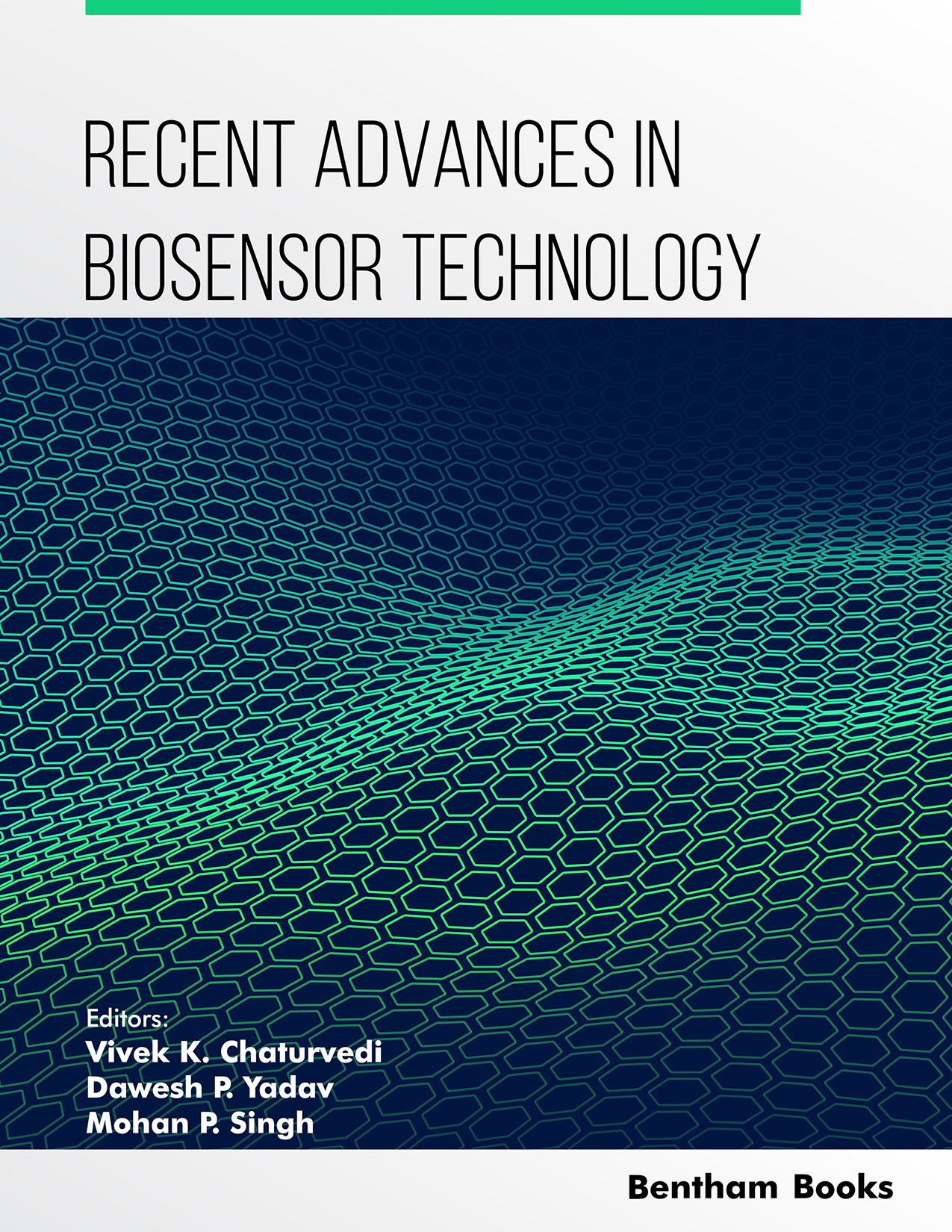Introduction
Recent Advances in Biosensor Technology (Volume 2) is a comprehensive guide to the latest developments in biosensor technology, written by experts in bioengineering and biosensor development.
The book is an essential resource for researchers and biomedical engineers interested in the latest developments in biosensor technology. The volume covers the applications of biosensors in different fields. It features 9 chapters that cover key themes in this area, including biosensors for natural bioactive compounds, wearable biosensors in healthcare, 3D bioprinting and biosensors, biosensors for neurodegenerative diseases, protein biosensing and pathogen detection, biosensors for diabetes diagnosis, paper-based biosensors in diagnostics, enzymatic biosensors and their applications, and nanobiosensors in agriculture.
One of the key features of this book is its detailed discussion of the novel research findings in biosensor technology, providing readers with the most up-to-date information in the field. Each chapter includes a comprehensive review of relevant literature, as well as practical examples to demonstrate the potential applications of biosensors in various fields. Furthermore, this book includes detailed references for further reading, making it an excellent resource for readers looking to deepen their understanding of biosensor technology.
Audience: Researchers, Students, Biomedical Engineers

